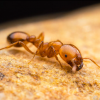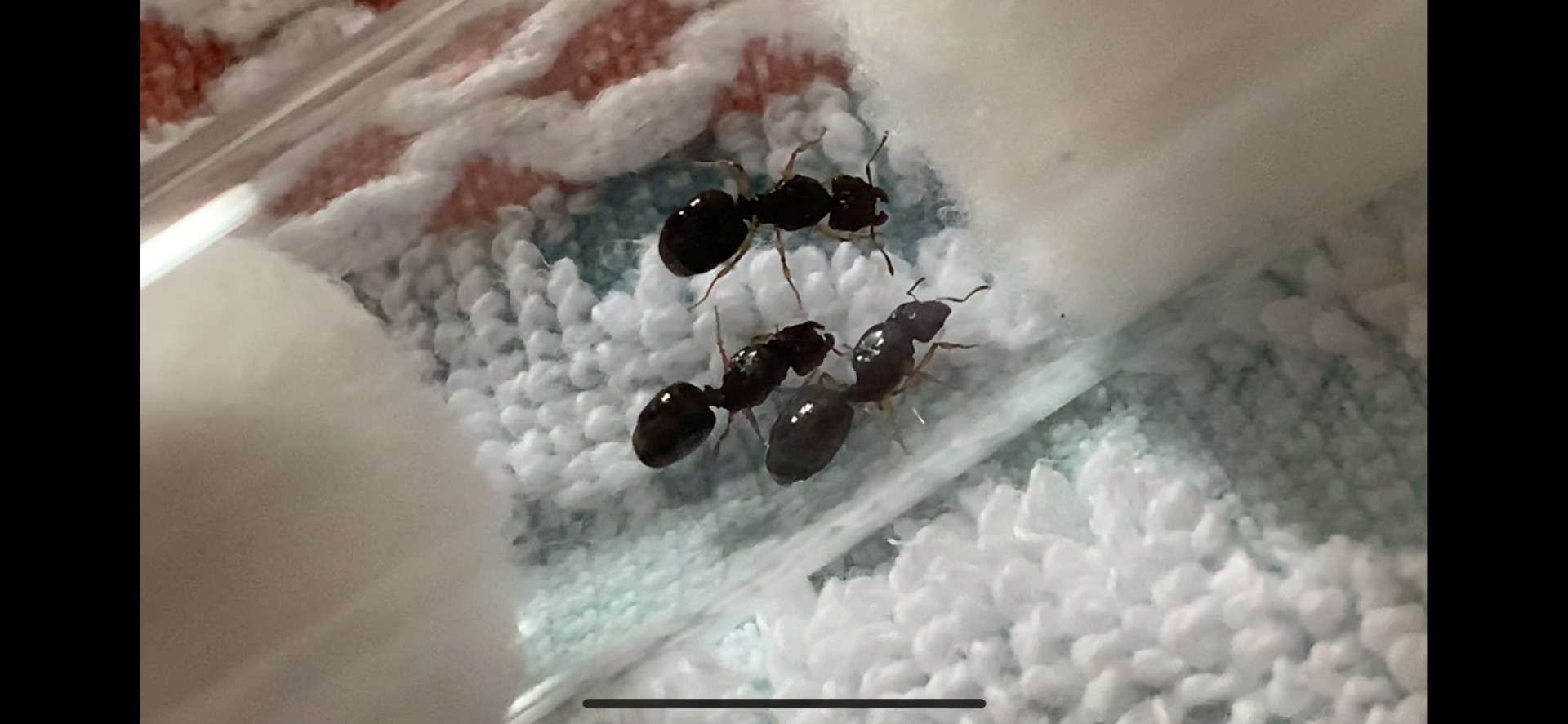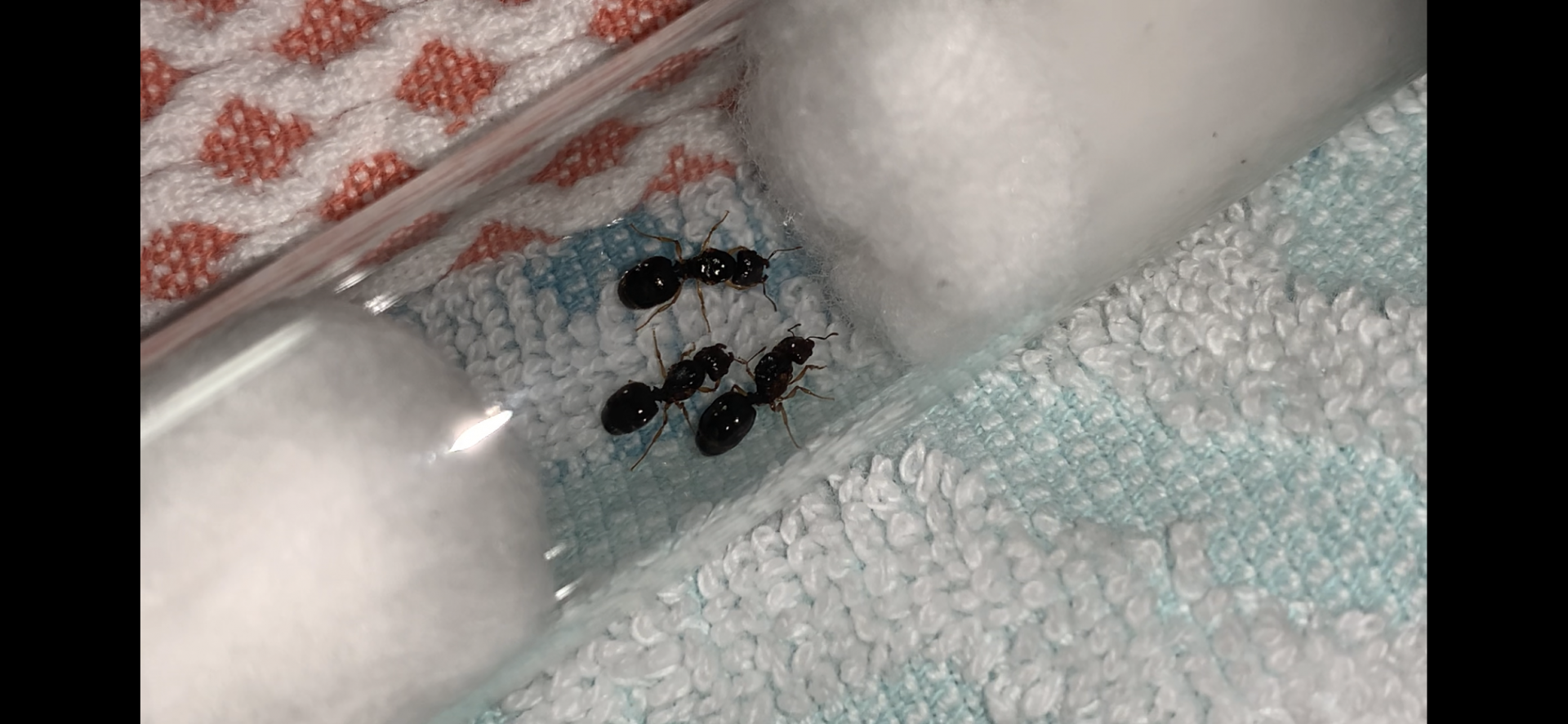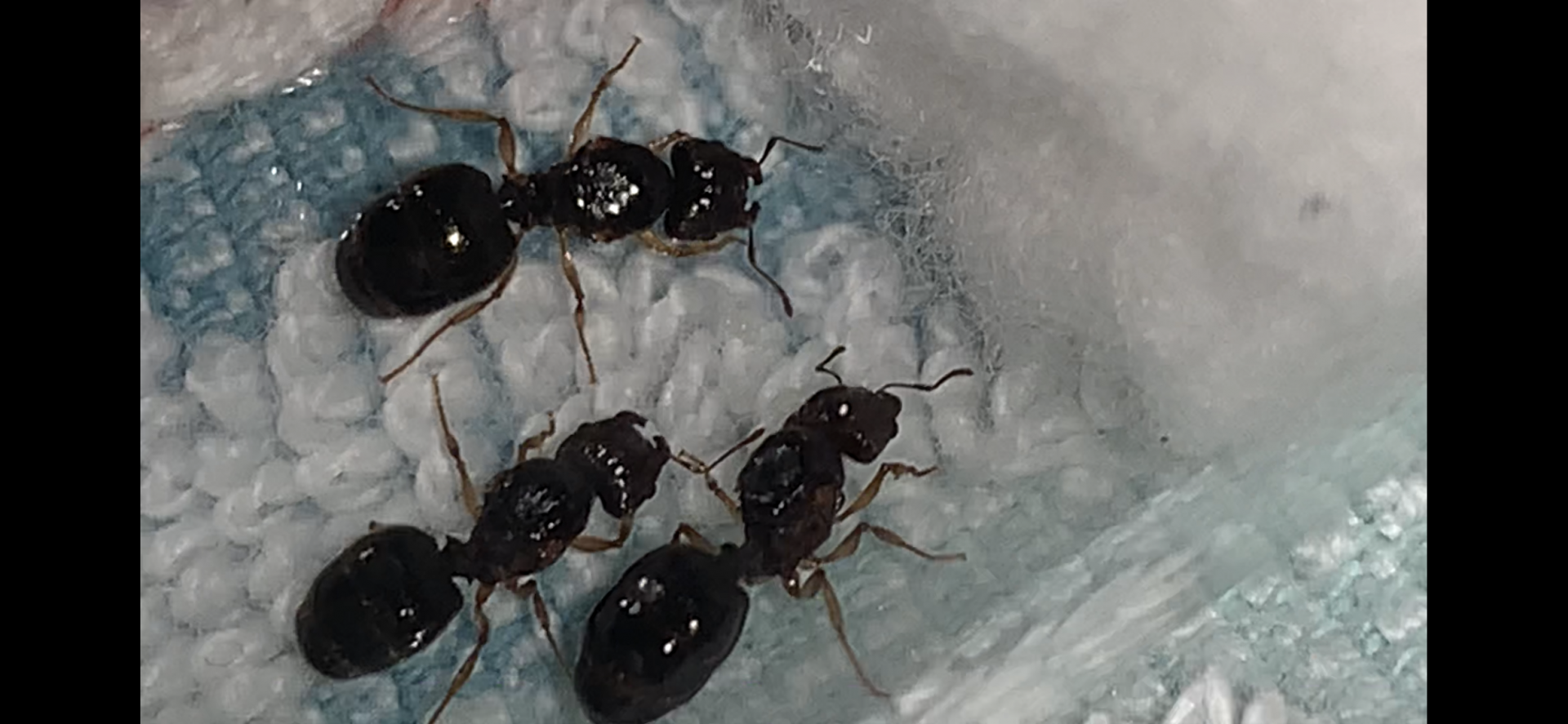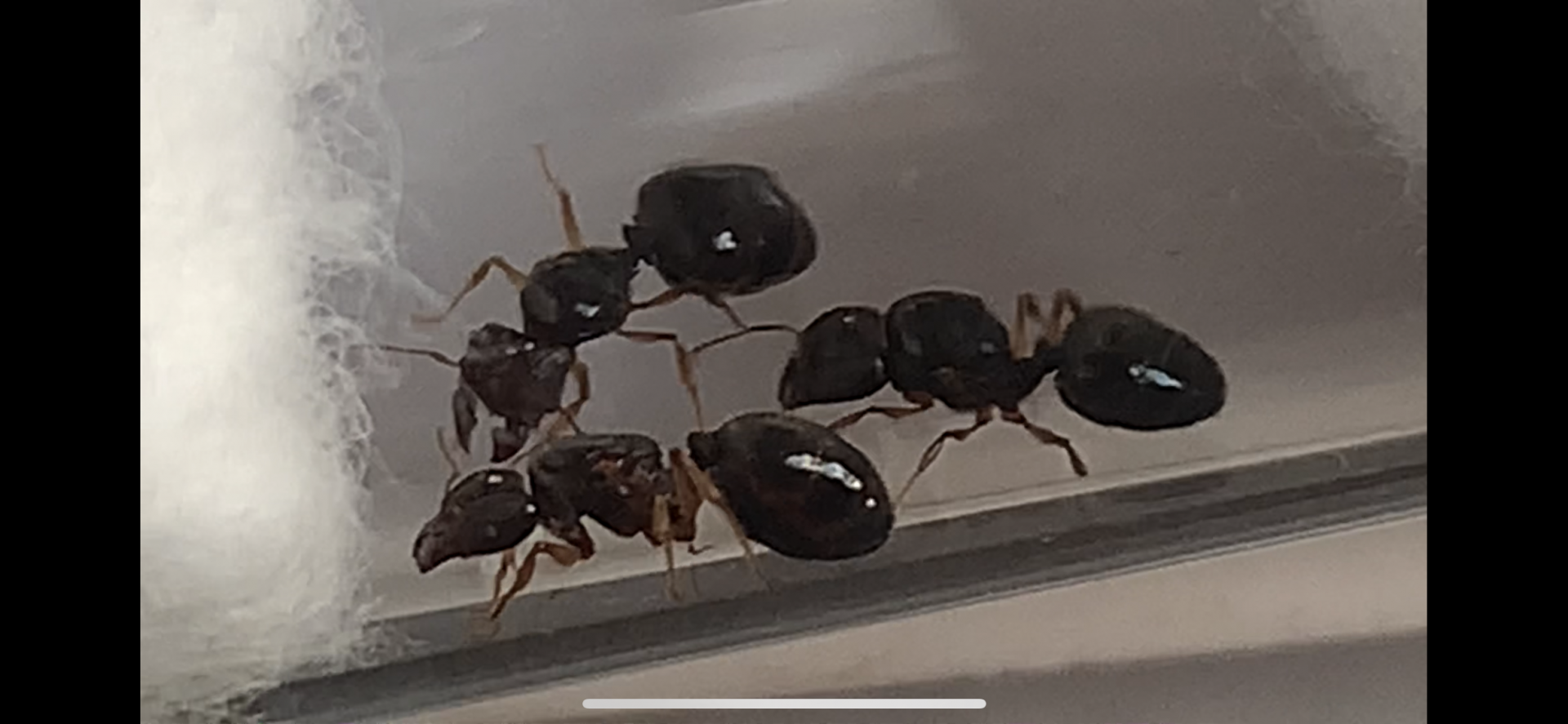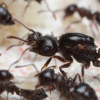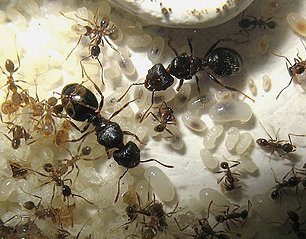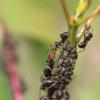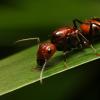I don't think this is P. megacephala. Weirdly enough it looks like it could be something completely new to Florida; notice how the heads of these queens are proportionately larger than the heads of P. megacephala and the posterior margin of the head (the back edge of the head) is extremely concaved whereas in megacephala it's more of a straight or very slightly concave line. I'm pretty sure there is no Pheidole known from Florida that looks like this.
Here's a comparison with the typical megacephala that is found throughout the urban parts of Florida's peninsula.


Hopefully someone can confirm my suspicion so that I know I'm not going crazy. If this turns out to be something new then it would be the second new Pheidole introduction discovered in only a few months, and coincidentally also in Miami. To be clear, this would be a new exotic species, not a new native species. I see your location says Oklahoma, so I assume you're just visiting Miami? Do you have any plans on what you're going to do with these queens? Also, how many millimeters long are they?
Wow I wasn't expecting that haha. I don't have a way of accurately measuring them sadly, right now I'd guess maybe 6 - 8 mm, but I'll try to get a better measurement tomorrow when I have the time. And yes I was visiting Florida to escape the huge freeze over we had last week, but I'm not there anymore so I can't go back to the place I caught them, although I could try finding it on a map if that's any use.
If a major worker sample is needed to identify them, I think it would make the most sense to raise them until there are workers and majors, (or just workers) then I could send the whole colony to someone to identify them. I probably won't end up keeping them for a long time anyway, but I think it'd be a shame to have to kill them.
Right now I'm keeping them at 82 degrees, and they each have their own little cluster of eggs. Hopefully that's a sign they're all fertile.
Edited by ArmyAntz, February 19 2021 - 8:04 PM.


